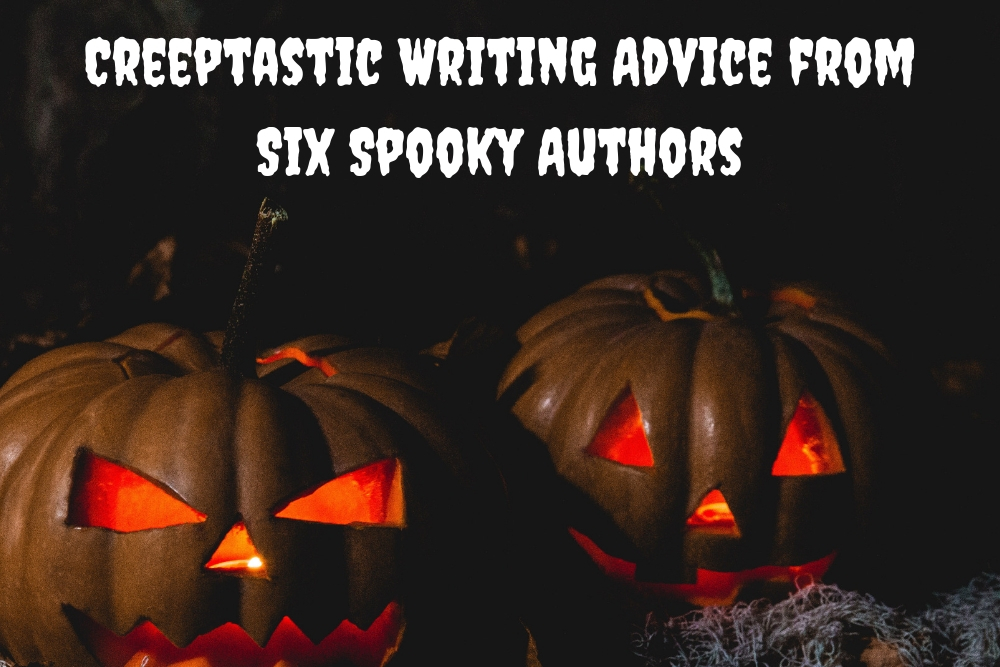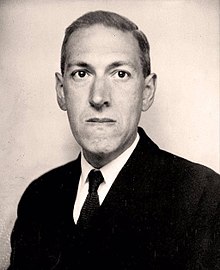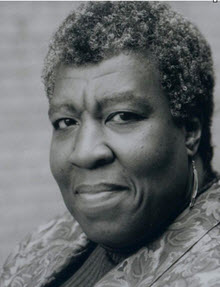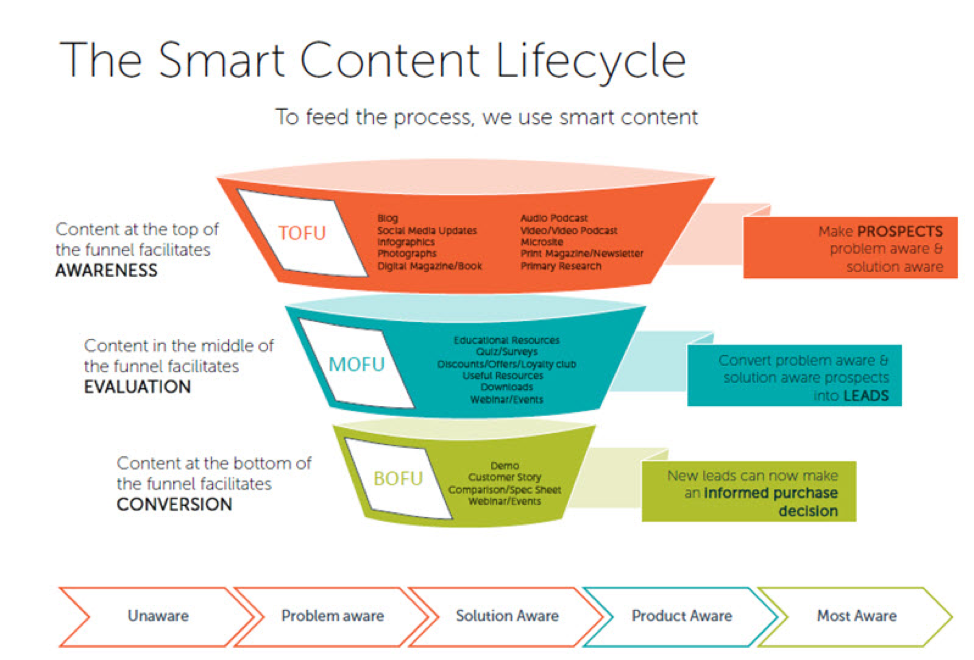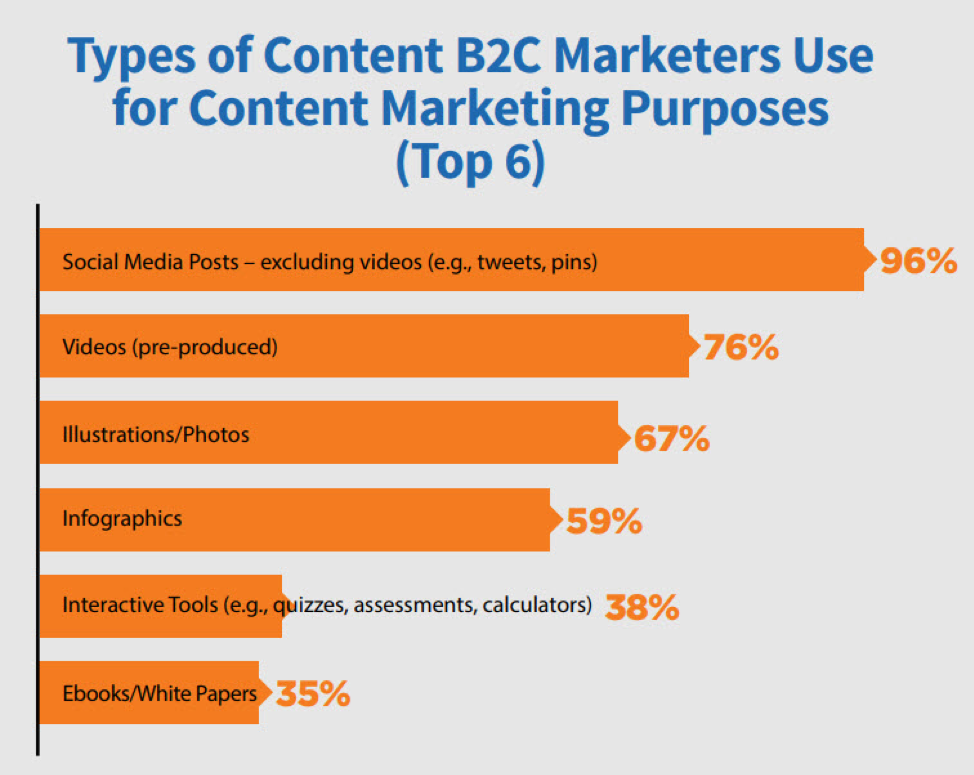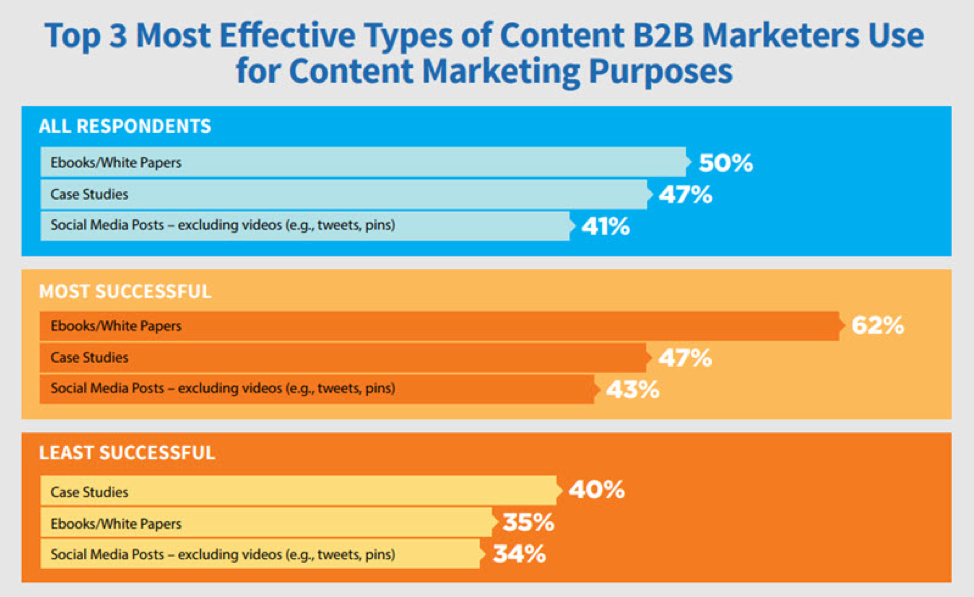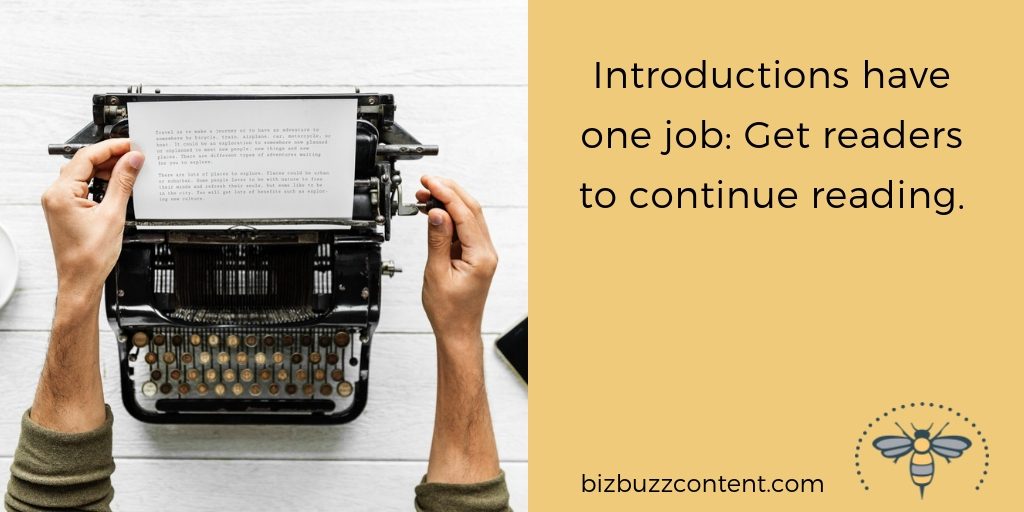
One winter night during my high school junior year, a good friend introduced me to the most hilarious person I’d ever met. He was her new boyfriend, and we were all heading out to a formal school dance.
I tried to mask how excited I was to meet this guy. My friend hadn’t dated before, and I was thrilled for her.
More than that, something about him just got my attention and held it, and having him within our group fit so well.
Of course, now I know why. After my friend went off to college and her relationship with John ended, she encouraged us to date. We did, and have now been married for more than 13 years.
A first meeting has the ability to captivate your attention and be forever ingrained in your memory.
This is not unlike an introduction to an article. If done well, each line draws you further in, and before you know it, you’re halfway through the content.
A good introduction has one job: Get readers to continue reading your article. If you keep reading this one (or click the sections below to find exactly what you need), I’ll give you tips on how to make your introductions do just that.
Tl;DR
Get readers to stick with an article through introductions that deliver on the headline and establish the rest of the piece. How you do that will vary depending on the type of content (e.g. journalism vs. an opinion piece).Make introductions work with attention-getting openers (stats, stories, etc.) that connect well to the content’s point. Remember that introductions might impact certain metrics.
- What Introductions Do
- How to Make Introductions Work
- How Introductions Can Impact Your Webpage Performance
What Introductions Do
Introductions must do two things to turn clicks into engagement:
1. Deliver on the Headline
It’s great if your headlines get lots of clicks, but if nothing of substance happens after that, the time you spend crafting great titles could be for naught.
Think about those ads you see at the bottom of articles at popular publications that entice you to click. While so much thought has gone into that headline, almost always, you land on a lackluster piece of content.
My recent post about writing successful headlines emphasized the importance of not only “clickability” but also titles delivering on what they promise.
You start delivering on that headline immediately in the introduction of your content. It’s where you set the stage by telling an intriguing story, explaining what you’ll cover, why readers will benefit and so on.
Essentially, you have to transport readers from their real world into the world of your content.
While there’s no one formula or template for an introduction, it must pull readers in …
2. Establish the Intent of Rest of the Article
Imagine you’re going to begin a conversation with a stranger or someone you barely know. You want to come off as friendly and interesting, but not too strong or with loads of personal information.
Think of your content’s introductions like that. Adopt a level of personability and the promise of more to come, but don’t start throwing overly detailed information at readers right away. They might feel overwhelmed before even getting started. In short: Be concise.
Introductions differ depending on the type of content they introduce.
- In journalism, an introduction must address who, where, what, why, when and how (5Ws and the H) quickly in order to move to the meat of the piece.
- Story-driven pieces might begin with entertaining snapshots of a specific event or a highly relatable situation most readers can understand.
Without stating it directly, each intro type lets readers know whether they’re about to read an update of facts and projections or a commentary on culture and deeper meaning.
Even though the introduction comes first, don’t feel as though you have to write it first. In fact, my introductions usually happen when the rest of the content is fully outlined and mostly written.
By that time the meat of the content is established, as are the voice and tone of it, and it’s easier to create an introduction that properly introduces the rest.
How to Make Introductions Work
An introduction that works frames something worth remembering and learning more about. So how do that in just a few sentences?
First get readers’ attention. Depending on the usual voice and tone of your brand, you might begin with a surprising statistic, an unexpected joke, a story or a conversational reference to something your readers experience.
For example, take the introduction of this blog post. In opening with a story, I hoped to draw you in and keep you on the page. Do that right, and you’ll hang on to readers through the rest of the piece.
Second, connect the opening to the point of the content, and say what the piece will do in the context of any stated problem. How is this specific piece going to address the downside of the statistic, or make something easier that most readers experience from time to time? ‘
Again looking at my intro to this blog, you’ll see a simple example. I connected my story to the idea of introductions and said the blog would explore how to develop good ones.
Obviously, the attention-getting opener and the presented solution need to be well connected, and that might be easier in some cases than others.
As long as your first sentence (whether a stat, a joke or an empathetic statement) does relate to the larger piece, feel free to take another sentence to clearly connect it to the rest of the introduction (as I did in this intro).
However, if the opening sentence stands on its own, don’t add sentences for the sake of a longer intro. Brevity is ideal when it comes to introductions, especially in journalistic and serious business pieces – your readers understand their problem; they want to read your answers.
If your content is part of a series of pieces, state that clearly and link back to the previous segments. If you’re repurposing content from another branded piece, consider referring to the other piece and linking to it, if possible.
Most importantly, don’t let your unformed introductions intimidate you. One of the perks of writing is the chance to carefully craft your message and develop it in any order you want.
As long as the meat of the content does what the title promises, the introduction simply needs to reinforce that fact (with a little flourish).
How Introductions Can Impact Your Webpage Performance
Introductions are important. Not only do they deliver on the headline and establish the rest of the piece, but they can help readers navigate the content and even impact its overall performance.
For example, if you have a very long how-to guide, or lots of points to cover, you may consider adding a table of contents at the top, with each bullet point linking to the section within the content, like I did in this piece.
Or, you might have a paragraph summary that gives the reader the gist of the topic (like our TL;DR in the intro). This can help them decide if they want to keep reading or bookmark it for later.
Of course, there are other factors to weigh, such as the perception of mobile users: Small screens make paragraphs seem even longer, so consider making your introductions one to two sentence paragraphs. Details like this can impact whether or not a person stays on the page or decides to come back later.
Following are two Google Analytics metrics that perform better when your introductions hold attention and encourage other engagement with your site.
Bounce Rate
The bounce rate gives a sense of how much interaction visitors have with your site. A bounce is a single-page session, meaning a visitor only looks at one page of your site – the home page, a blog or the contact page, for example. The bounce rate is the percentage of all site visits that only touch one page.
Now, even if someone finds your blog and reads a whole post, it still might count as a bounce if they leave the site after reading the post. However, if your posts tend to contain several helpful links to other pages on your site, visitors who actually read the content shouldn’t bounce as often.
Great introductions are the frontline against a high bounce rate on your blog. Draw readers in from the beginning to assure them that following your suggested links is worth their time.
Time on Page
The Time on Page metric measures how long visitors stay on a page of your site. So if you have an idea how long it takes to read through a typical blog (maybe five minutes), you can get a sense of whether or not the content is being read.
Be aware that Time on Page isn’t always accurate . If the visit is a bounce, no time is recorded. On the other hand, Time on Page continues to be recorded as long as the tab is open – even if the visitor isn’t looking at it right then (if they’re looking at another browser tab, for example).
Still, if the time spent on your pages is significantly lower than ideal, take a look at your intros to see if they’re as engaging as they could be.
If you want a more accurate sense of what visitors do on your pages, consider implementing event tracking or one of the metrics Quietly suggests in its article (link in previous paragraph).
Keep in mind that no one metric provides the overall picture of your content’s success, especially when it doesn’t measure exactly as you’d expect. Look at the bounce rate, time on page and average session duration together (along with other metrics) to determine if your content really offers what your audience wants.
For more on all aspects of content strategizing and creating, sign up for our email list and get instant access to your content strategy blueprint.
Have you come across a great introduction, or have a trick to writing stellar ones? Tell me about it in the comments!

